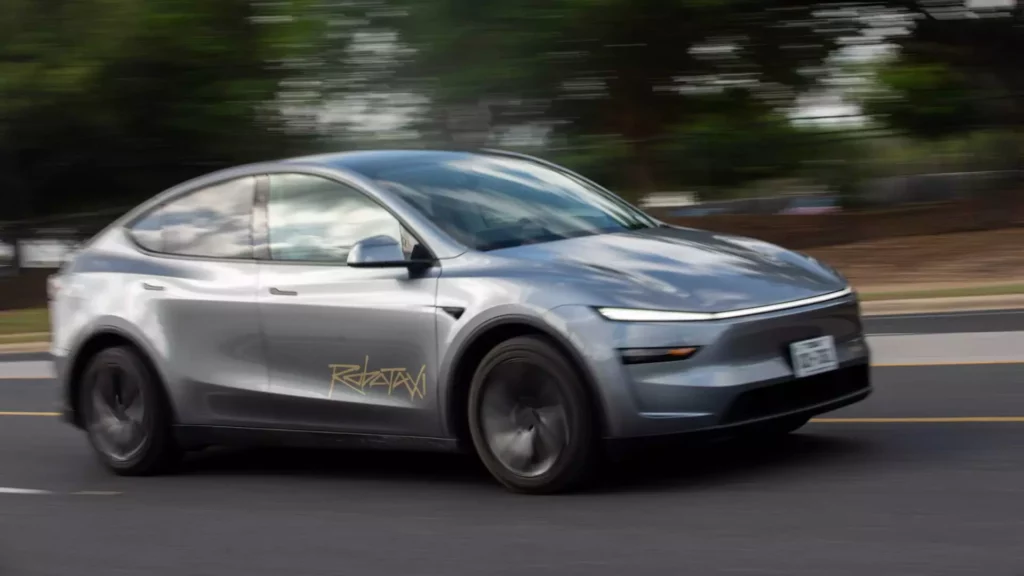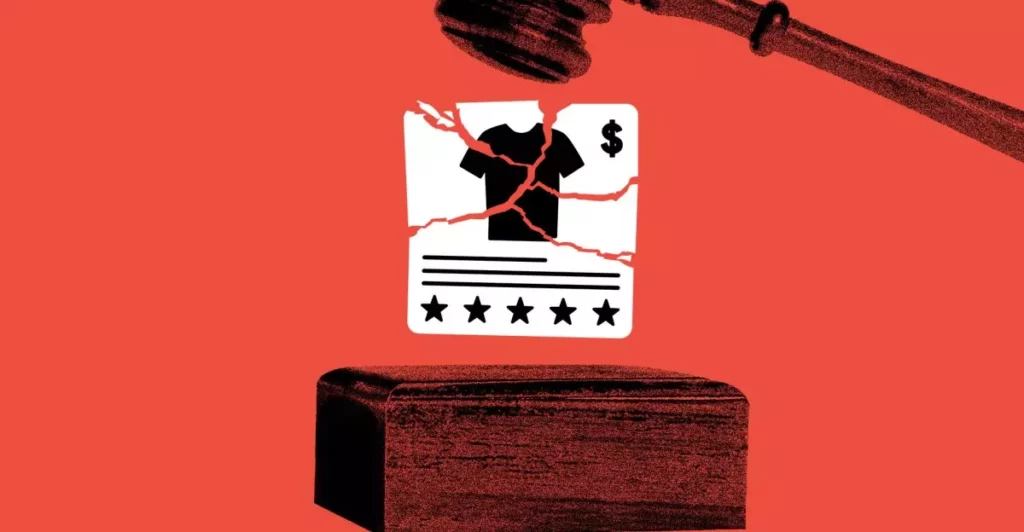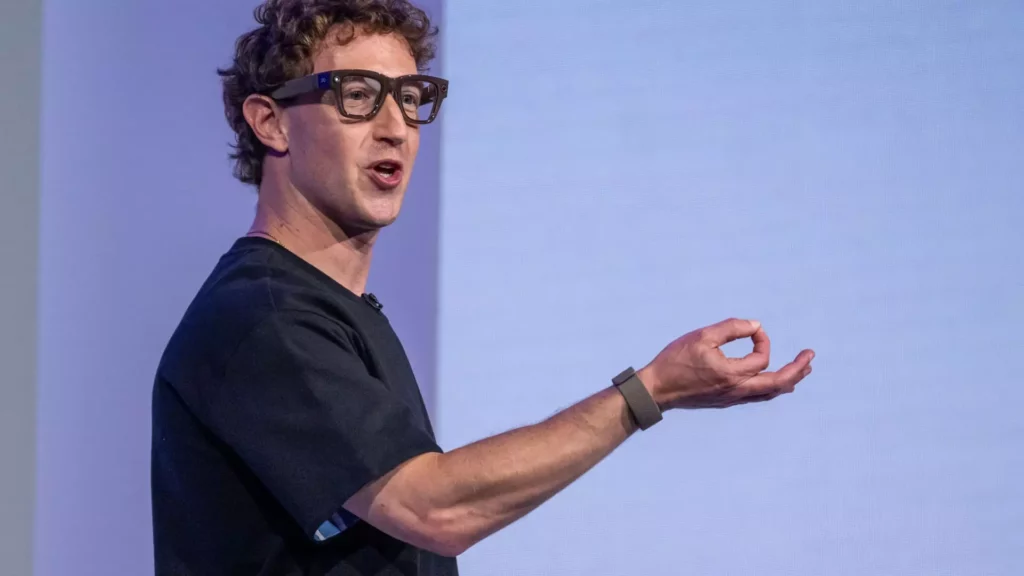In recent years, Tesla has positioned itself as the visionary leader aiming to redefine urban transportation with self-driving robotaxis. The company’s charismatic CEO, Elon Musk, constantly projects an image of revolutionary progress, suggesting that fully autonomous taxis are just around the corner. However, beneath this veneer of innovation lies a stark reality: the technological advancements touted by Tesla are not only overstated but also inadequately supported by the current legal and regulatory landscape. The aggressive marketing creates an illusion of readiness, yet regulatory bodies in states like California reveal that the infrastructure for safe autonomous passenger transport remains incomplete. The narrative built by Tesla overlooks the slow-paced, cautious nature of regulatory approval—an essential safeguard for public safety that the company seems eager to sideline. This disconnect between ambition and legality demonstrates a fundamental flaw in Tesla’s approach: an obsession with technological bragging rights at the expense of societal trust and compliance.
Legal Obstacles: The Regulatory Chill
Tesla’s bold declaration of launching fully driverless taxis is significantly hampered by existing laws and regulations. California’s Public Utilities Commission (CPUC) explicitly stipulates that autonomous vehicles lacking human oversight cannot legally operate for passenger transport on public roads. Despite Tesla’s high-profile claims of nearing full autonomy, the company’s operations are limited to manual, human-supervised rides under restrictive permits. They are forced into a regulatory limbo, operating on charters and permits that only authorize traditional, driver-driven services. Musk’s vision of a pervasive, driverless fleet clashes with this legal framework, exposing the company’s overconfidence and regulatory naivety. Instead of working collaboratively with regulators to adapt standards, Tesla invests heavily in marketing its technological prowess, masking the reality that the legal infrastructure necessary for autonomous taxis is still in its infancy.
Community Trust: The Missing Ingredient
Technological innovation cannot thrive without community acceptance, yet Tesla consistently fails to prioritize transparent communication with the communities it seeks to serve. In affluent enclaves like Marin County, local officials express skepticism rooted in a lack of open dialogue and clear safety assurances. Concerns about the true capabilities of Tesla’s driver assistance features loom large. The company’s tendency to market its systems as near-autonomous despite evidence suggesting otherwise fosters public confusion and fear. Unlike Waymo, which has gained permits for driverless operation by demonstrating transparency and regulatory compliance, Tesla’s approach appears hurried, perhaps even reckless. The absence of community engagement not only fuels suspicion but also risks alienating potential users, undermining the very societal trust essential for widespread adoption.
Safety Myths and Marketing Fallacies
Tesla’s aggressive marketing of Autopilot and Full Self-Driving (FSD) features exemplifies a dangerous overreach. The company repeatedly asserts that these systems require constant human supervision—yet many users exploit FSD as if it were fully autonomous, engaging in distracting or unsafe activities behind the wheel. This inconsistency feeds into a dangerous myth: that Tesla’s vehicles are safer than they actually are. The California Department of Motor Vehicles (DMV) has condemned Tesla’s marketing tactics, alleging deception that misleads consumers about system capabilities. Such practices not only endanger lives but also erode public trust in autonomous technology. The discrepancy between Tesla’s hype and real-world limitations reveals a leadership flaw—prioritizing sensationalism over safety and truthful communication.
Technological Promises vs. Legal Realities
While Tesla markets itself as an innovator, the reality is that their technological achievements remain a work in progress, constrained by legal and regulatory hurdles. Innovations like FSD represent early-stage tiers of automation that still require human oversight—the very characteristic that regulators emphasize to ensure safety. Tesla’s insistent claims of nearing full autonomy ignore the technological and legal hurdles that remain unaddressed. Moreover, their current efforts mainly involve navigating existing legal frameworks through limited permits, not achieving a widespread, autonomous fleet. The company’s tendency to oversell its capabilities risks fostering public disillusionment and skepticism, especially when regulatory bodies swiftly push back against exaggerated claims.
Chasing the Future at the Cost of Societal Preparedness
Tesla’s strategic shortfall lies in its failure to recognize that societal readiness and legal adaptation are pivotal for autonomous mobility. The push to deploy driverless taxis en masse blurs the line between aspiration and reality, often outpacing regulatory processes designed to safeguard the public. The company’s rapid development cycle seems driven more by a desire to outpace competitors and generate hype than by a balanced approach that considers societal concerns, safety, and policy evolution. This approach risks creating a future in which autonomous taxis are an untrusted minority on the roads, vulnerable to legal cracks and community backlash—a scenario that could set back autonomous mobility by years.
A Center-Right Perspective: Innovation Requires Responsible Leadership
From a pragmatic, center-right liberal standpoint, Tesla’s ambitions highlight a broader societal lesson: technological leadership must not come at the expense of responsibility. Innovation thrives when balanced with careful regulation, transparent communication, and community involvement. The allure of being first often leads companies astray, sacrificing long-term credibility for short-term headlines. Tesla’s aggressive push into autonomous taxis exemplifies this misstep. True leadership in technology demands humility, cooperation with authorities, and honest discourse about capabilities and limitations. Otherwise, the entire sector risks being viewed as reckless, undermining public trust and delaying the very benefits autonomous transportation promises. For real progress to be made, Tesla and similar innovators must learn that progress isn’t just about speed; it’s about ensuring safety, legality, and societal acceptance—foundations upon which sustainable innovation is built.









Leave a Reply